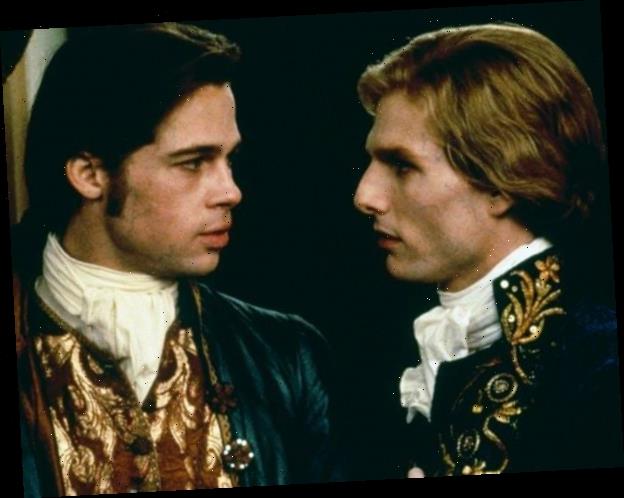
Warner Brothers/Getty Images
Tom Cruise had never played a villain before.
By 1994 he had been a reckless hot shot pilot, a hot shot bartender and a hot shot race car driver, all men who had caused other people, especially women, great angst. But he had yet to play an entirely nefarious creature.
Enter the opportunity to play the vampire Lestat.
Looking back, the pairing of Cruise and Brad Pitt to bring Ann Rice‘s best-selling novel Interview With the Vampire to life, so to speak, sounded like a slam-dunk idea, the biggest movie star on the planet teaming with the world’s biggest heartthrob, former Sexiest Man Alive meets future Sexiest Man Alive, insert fangs.
Yet that’s not exactly how the saga began.
Cruise “is no more my Vampire Lestat than Edward G. Robinson is Rhett Butler,” Rice told the Los Angeles Times back in 1993 when the lavish production got underway, with executive producer David Geffen playing peacemaker between the disgruntled author and the leading man everyone else was excited about.
Obviously the show went on, Cruise approached the role of Lestat with the intensity he’s known for bringing to every set he walked onto, Brad Pitt fell in love with New Orleans, and it marked the breakthrough role of the wee Kirsten Dunst.
And ultimately even Rice ended up happy.
Twenty-five years later, here are 25 things to know about how Interview With the Vampire made it from the page to the screen:
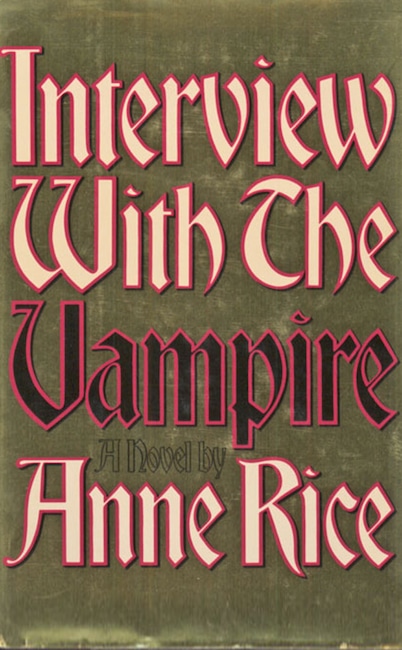
Anne Rice
1. In the 1976 book, the first in Ann Rice’s “The Vampire Chronicles” series as well as her debut novel, Lestat is described as “a tall, fair-skinned man with a mass of blond hair and a graceful, almost feline quality.”
But hey, Jack Reacher is supposed to be 6’5″, and that worked out, right?
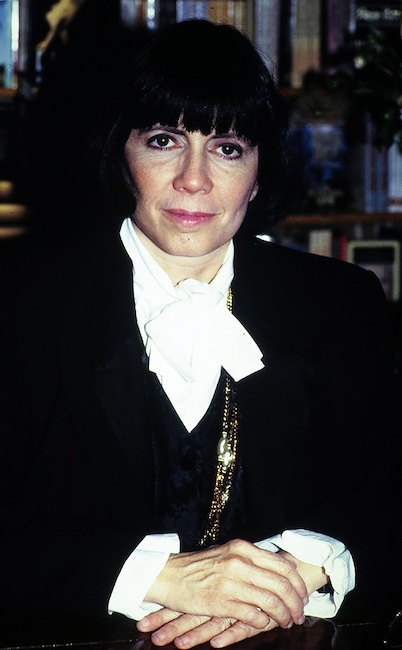
Steve Eichner/Getty Images
2. Rice had actually sold the rights to Interview with the Vampire all the way back in 1976, and Paramount initially offered the role of Lestat to John Travolta. As the years went by, Mel Gibson and Richard Gere were in the running in the 1980s, and then Daniel Day-Lewis turned it down.
But tastes change, and new leading men come on the scene, and there were just a host of creative differences over the 17 years it took to bring the book to the screen.
Studios “have millions and millions of dollars,” Rice lamented during a book tour stop in Dallas in January 1993, a tad miffed because, she said, the studio had wanted to wait and see how Francis Ford Coppola’s Bram Stoker’s Dracula did in theaters before committing to make Interview With the Vampire. “They’re making these movies that have a huge impact on America, and they’re idiots. They’re stumblebums.
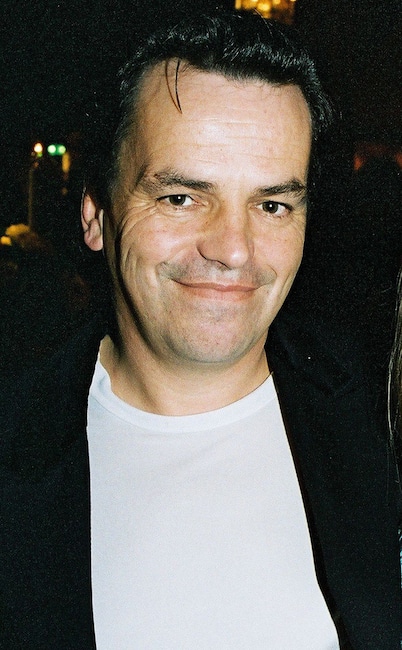
Bei/Shutterstock
3. Rice did like executive producer David Geffen, who had since acquired the rights, and she approved of Neil Jordan signing on to make the film, being a big fan of the Irish director’s The Company of Wolves—which, incidentally, is said to be Lestat’s favorite movie in The Tale of the Body Thief, the fourth book in “The Vampire Chronicles.”
“I’ve had a good relationship with David Geffen, although it’s kind of iffy right now,” she told Movieline at the beginning of 1994. “When I was working on the script for Interview, I told him I wanted to do exactly what I wanted to do with it. And that’s the way I wrote it. Neil Jordan has rewritten it, and they are putting his name on the credits, and I don’t know if you know, but the WGA will only allow a director to share writing credit if he brings over 50 percent original material. I don’t know if he’s done that or not. Maybe he has.”
Article continues below

Getty Images
4. The problem was that Rice had built up a very particular image of Lestat in her mind already. She has said that she pictured the strapping Dutch actor Rutger Hauer when she first created the character. So there was that, and it was apparent that she had a very specific vision.
“Jeremy Irons would have been fabulous,” she told Movieline, swatting away the interviewer’s comment that the British actor, then 45, was “too old.” “He would have to have been made up to look younger,” Rice said, “and he would have to have had wild blond hair, but he could have done it.”
Rice also thought John Malkovich, then 40, could have done it, or Christopher Walken, having admired him as a blond villain in Batman Returns. Julian Sands was high on her list as well.
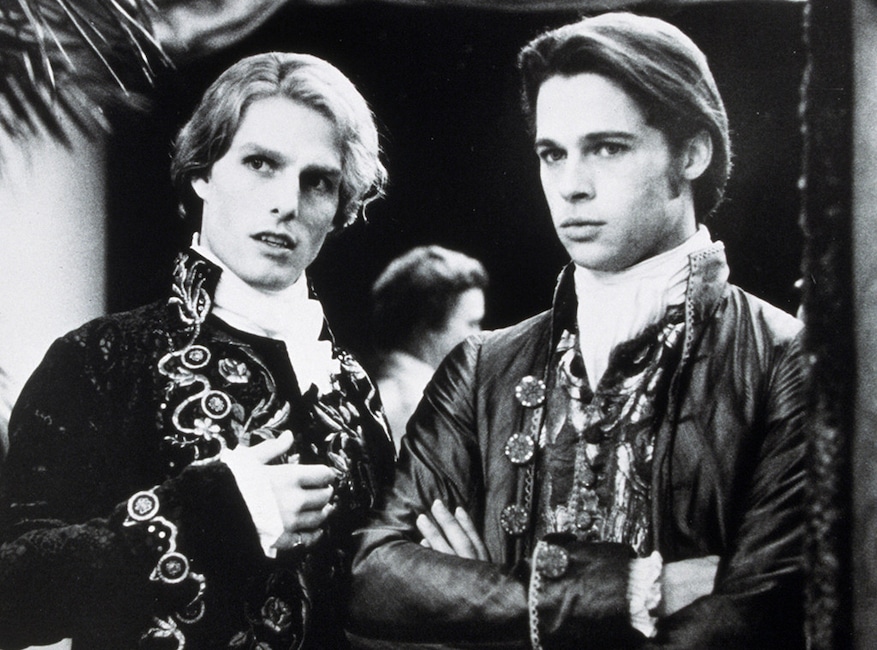
Snap/Shutterstock
5. Or at least, Rice said, they could have just swapped Brad and Tom.
“I think Brad Pitt would be a fabulous Lestat,” she told Movieline. “I tried for a long time to tell them that they should just reverse these roles—have Brad Pitt play Lestat and have Tom Cruise play Louis. Of course, they don’t listen to me.”
“Oh, the choice [of Cruise for Lestat] is just so bizarre. Yes, [Tom] could do Louis, he could do that part, the brooding, dark, guilt-ridden, passive, reflective, reactive thing.”
As it was, “it’s almost impossible to imagine how it’s going to work,” she added, “and it’s really almost impossible to imagine how Neil and David and Tom could have come up with it. I have one question: Does Tom Cruise have any idea of what he’s getting into?”

NBC/Geffen Pictures
6. As it turned out, Cruise knew exactly what he was getting into and, reportedly “deeply hurt” by Rice’s initial criticism, he grabbed the role by the jugular, reading all of her books, learning piano, losing weight and soaking up the atmosphere in Paris with then-wife Nicole Kidman to get a jump on Lestat’s hedonistic lifestyle ahead of the start of production.
Of the source material, which is told from Louis’ point of view, “you have to read it very carefully to find the clues to who Lestat is,” Cruise said in 1994.
And in the end, he turned Ann Rice—and, according to the author, he turned all the readers who were initially outraged just like she was.
“I think Tom did a wonderful job, I really do,” she acknowledged in a 1994 interview. “I too was shocked in the beginning and I was very much against it, but Tom Cruise really did read the books, I think, and he got the essence of Lestat. He got Lestat’s power and his charisma and his charm. He got all of that across in the movie. He had great skill in that performance, I think, and great power.”
Rice noted that the only problem was that Cruise was too damn charming. “Since he isn’t all that nasty, why does Louis hate Lestat? How can he?” she also mused in 1994. “Well, I’ll take that problem any day over a more shallow solution. Tom his the right note. And Louis was Louis. Nothing could comfort Louis. The film got it.”
Article continues below
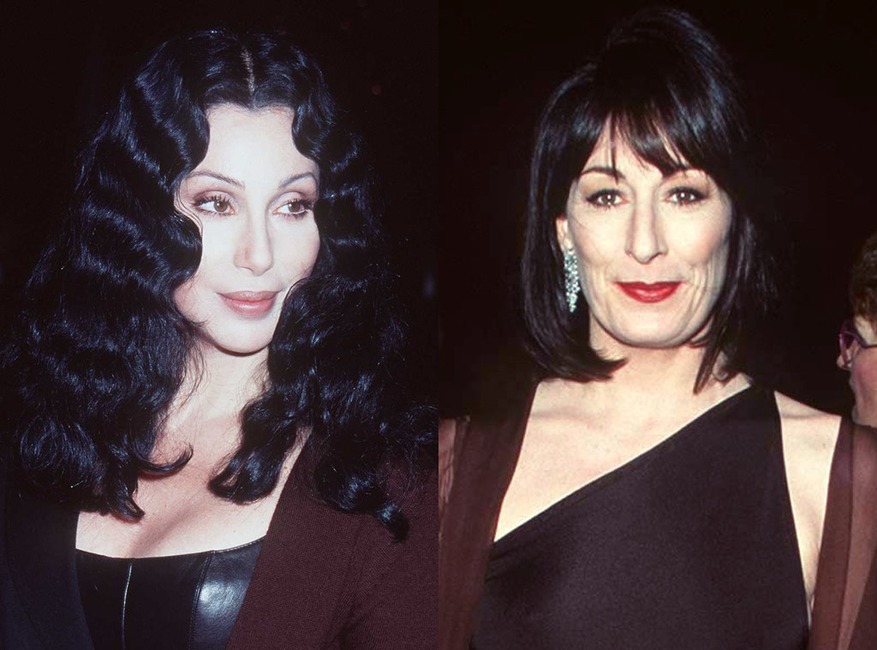
Getty Images/SGranitz/WireImage
7. Then there was this potential universe on the table.
Rice’s editor, Vicki Wilson, “really wanted Anjelica Huston to be Lestat,” Rice told Movieline. “I wrote the script in which Cher was supposed to play Louis, not Lestat [Geffen was supposedly all in on Cher]. Julia Phillips [producer and author of the infamous tell-all You’ll Never Eat Lunch in This Town Again] and I were developing that together, and the whole idea was that Louis would be a transvestite woman. At that time in history, you could own your own plantation and run things if you were a man, you couldn’t if you were a woman. It was the French law. So this was a woman who dressed like a man, and otherwise it was exactly the same as Interview With the Vampire.”
(This version totally has to be in the works somewhere now, though, right?)
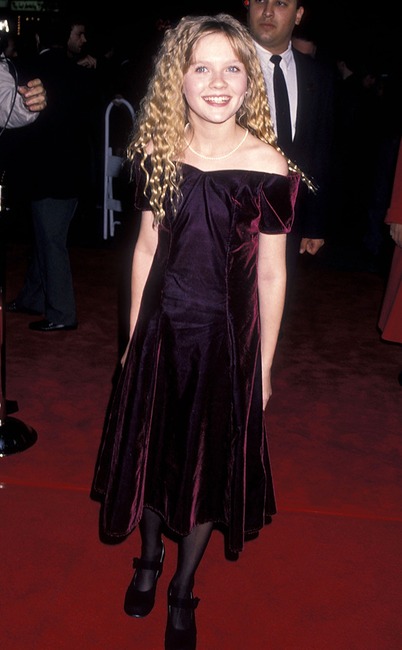
Ron Galella, Ltd./Ron Galella Collection via Getty Images
8. Kirsten Dunst, who was 11 when she played Claudia—almost killed by Louis and turned by Lestat to give his generally miserable roommate something to remain undead for—was the first and second actress to audition for the role.
“I was with my coach,” she recalled in 2016 in a Variety chat with Rami Malek. “He was outside of the room. He listened on the door to hear, like, what I was doing. And he knows I didn’t nail it. And I walked out, and he was like, ‘No, you go back in there.’ He’s like, ‘Apologize to the casting director.’ He’s like, ‘She didn’t do what she can do.'”
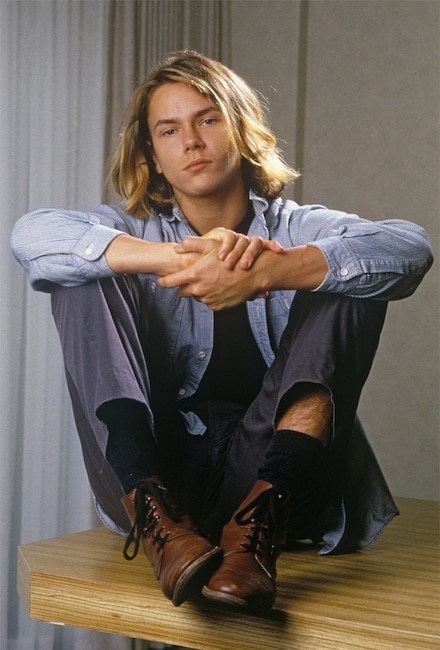
George Rose/Getty Images
9. River Phoenix was going to play interviewer Daniel Molloy, whose interest in Louis’ story as they chat in modern-day San Francisco frames the ensuing narrative, but the 23-year-old actor died of an accidental drug overdose on Oct. 31, 1993, four weeks before they were set to start filming.
Article continues below
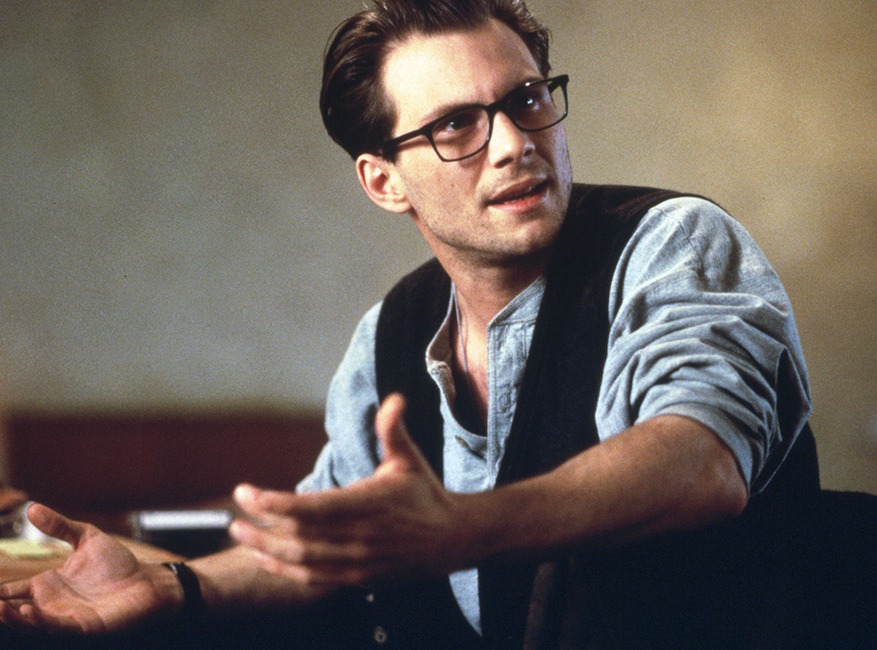
Snap/Shutterstock
10. Meaning, Christian Slater joined the production at the 11th hour.
“We’d met before and I respected him, and his work tremendously,” he said of Phoenix in a 2008 interview with Venice Magazine. “That was so tragic, and it was really awkward to be stepping into that kind of scenario. But I think I eased my own discomfort by not accepting money for it and donating my salary to his charities. It was great to work with Neil Jordan, and Brad Pitt was great, and that was the second time we’d worked together, of course, after True Romance.”
“We lost River,” Pitt recalled to Entertainment Weekly. “Literally a week before he’s supposed to come in, he passed away. It was a horrible moment. Christian Slater came in and gallantly filled in for him. But that whole thing was dark.”

NBC/Geffen Pictures
11. Apparently it wasn’t just Louis who was endlessly ruing the day.
Told he looked miserable throughout Interview With the Vampire, Pitt told Entertainment Weekly in 2011, “I am miserable. Six months in the f–king dark. Contact lenses, makeup, I’m playing the bitch role…”
During a stretch of shooting in London, “One day, it broke me… I called David Geffen, who was a producer… I said, ‘David, I can’t do this anymore. I can’t do it. How much will it take to get me out?’ And he goes, very calmly, ‘Forty million dollars.

Francois Duhamel/Sygma via Getty Images
12. Pitt said that while Cruise was studiously preparing, he was the one who didn’t know exactly what he was getting into.
“There was no script,” he recalled to EW. “I knew the book, and in the book you have this guy asking, ‘Who am I?’ which was probably applicable to me at that time. In the book it is a guy going on this search of discovery. And, in the meantime, he has this Lestat character that he’s entranced by and abhors. But then I got the script two weeks before we started shooting.”
Pitt continued, “In the movie, they took the sensational aspects of Lestat and made that the pulse of the film, and those things are very enjoyable and very good, but for me, there was just nothing to do—you just sit and watch Tom Cruise. He had all this pressure to make it work, and he made it work—and good on him.”
Article continues below
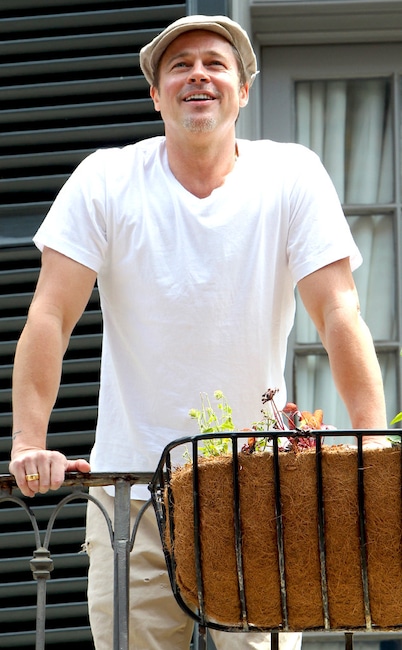
Pacific Coast News
13. On a brighter note, Pitt did begin his enduring love affair with New Orleans while the film was on location there.
“I just rode my bike around all night,” he told EW. “I made some great friends there.” He also invested in green architecture to help rebuild after Hurricane Katrina and he and Angelina Jolie owned a home in the French Quarter until 2016, when they sold it in the wake of Jolie filing for divorce.

Patrick Frilet/Shutterstock
14. Oak Alley Plantation, a historic antebellum site in Vacherie, La., that served as the outside of Louis’ home, is reputed to really be haunted by the benevolent ghost of its former owner, Josephine Stewart, or of her daughter Louise, who lost a leg after a wound, suffered when she was trying to avoid a kiss from a drunken suitor and got cut by the iron hoop under her skirt, became gangrenous.

Alex Berliner/BEI/Shutterstock
15. Of course the fangs were fake, but both Tom and Brad grew their hair long to play Lestat and Louis.
Article continues below
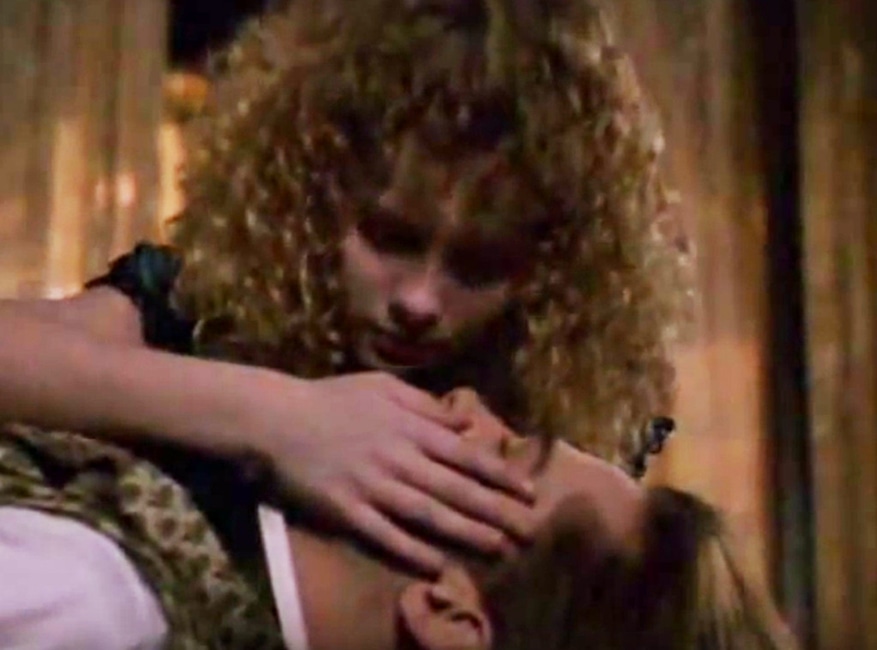
Warner Bros. (1994)
16. Dunst has famously said that the part where Claudia—who is maturing as a woman as the years go by despite being stuck in the never-changing body of a child—revives Louis marked her first-ever kiss on the lips—and it was awful.
“It was just a peck,” the actress reminded Bullet magazine in 2013. “I remember Brad would watch lots of Real World episodes. He had this long hair. He was just a hippie- ish cool dude. Everyone at the time was like, ‘you’re so lucky you kissed Brad Pitt,’ but I thought it was disgusting. I didn’t kiss anyone else until I was 16, I think. I was a late bloomer.”

Geffren
17. All that real-life angst only served to imbue Louis with more pain—in a good way, according to the film’s toughest critic.
“Brad Pitt immediately infused the despairing Louis with understandable feeling,” Rice wrote in 1994. “He played it passive and quiet, and for me and for lots of viewers (they call me and tell me) he got what guilt was all about, a guilt sometimes that is unattached to any one death or loss. He captured the despair of some one who has fallen from grace, lost his faith, seen what he cannot abide. Brad’s eyes, his manner, his soft voice throughout the film were magical.”
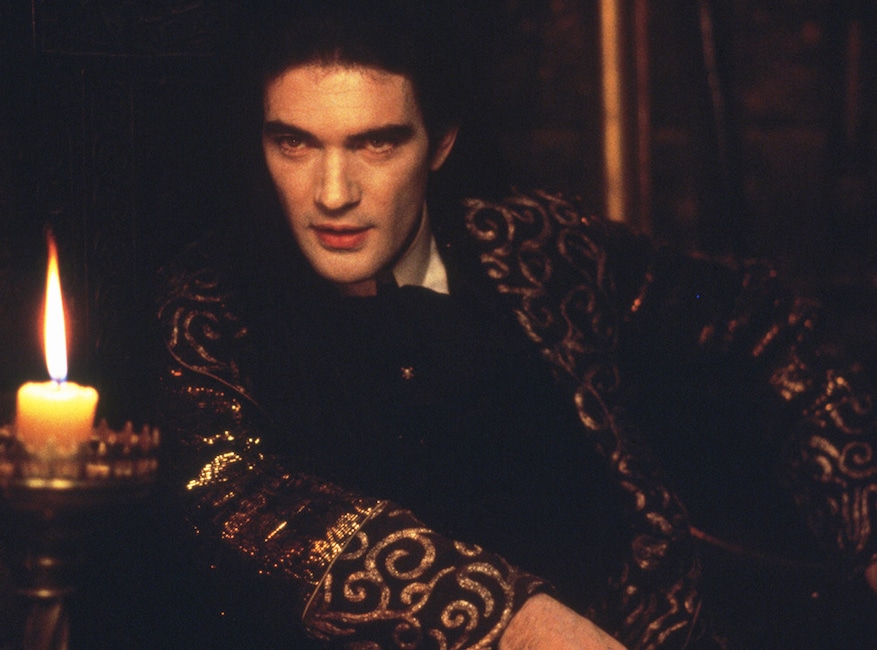
Snap/Shutterstock
18. Rice was also a little iffy about Antonio Banderas playing the 500-year-old vampire Armand, described in the book as looking like a beautiful adolescent boy of Slavic descent, but just as she came around with Tom, she later said that Banderas too was “wonderful.”
19. Because Armand only factors into Louis and Claudia’s journey when they move to Paris, Banderas never met Cruise during the actual filming.
Article continues below
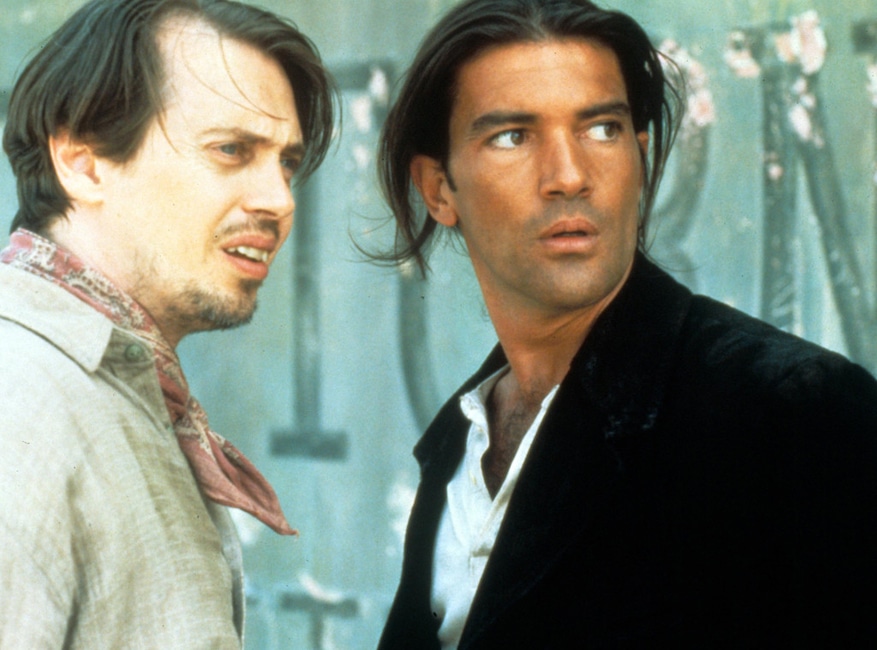
Moviestore Collection/Shutterstock
20. It was the success of Interview With the Vampire that propelled Banderas, more well-known in his native Spain at the time, into starring roles in Desperado and Never Talk to Strangers.
“We used Philadelphia to get him Interview With the Vampire. Then we used Vampire to increase his asking price,” his agent Emanuel Nunez told Entertainment Weekly in 1995.
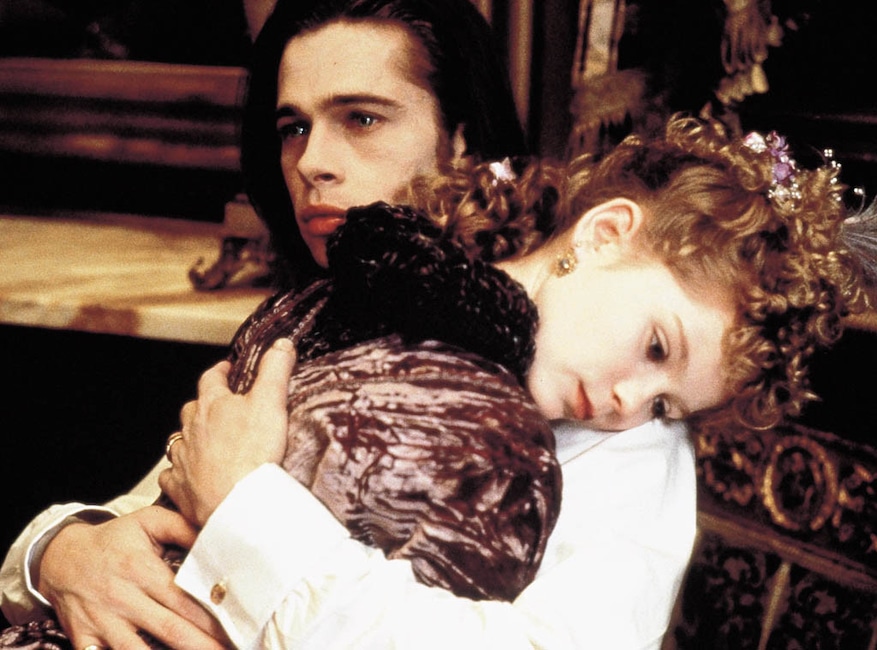
Geffren
22. Rice called Dunst “magnificent and flawless as Claudia, shocking in her soft, perfectly paced shifts between adulthood and childish innocence. The role as she played it is far less sinister than the Claudia of the book, and perhaps even a little more innocent then my first draft script. But the change seemed to work wondrously to deliver the heartbreak of Claudia’s dilemma to the audience. She was a woman, but she was in a child’s body. The actress showed incredible intelligence and cunning, and yet a child’s tragic vulnerability and heartrending capacity to be disappointed.
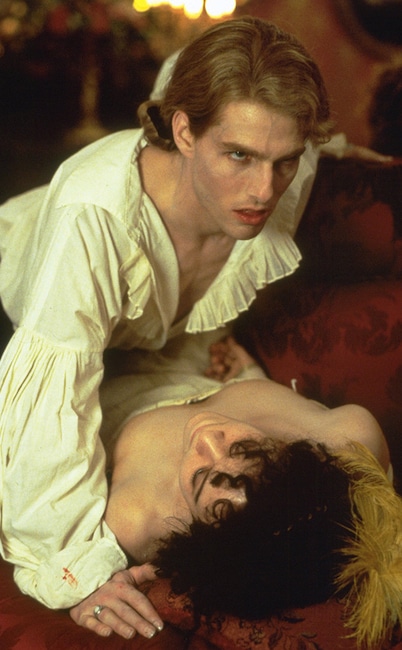
Francois Duhamel/Geffen/Kobal/Shutterstock
23. Tom Cruise “has this unique thing, like he can hold the absolute center of the screen of your attention, just effortlessly,” Neil Jordan, who had never met Cruise before this movie, later praised the star. “That’s what being a star is. But when you’ve got a star actually who’s got this energy in their talent, it is kind of mesmeric, you know.”
“In a way,” the director reflected, “the world of a vampire is not that different from the world of a massive Hollywood star. You’re kind of kept from the harsh daylight, you live in kind of a strange seclusion… every time you emerge, a tremendous ripple runs through people. And the effects these characters had, as Ann described them in the book, was like that. Lestat would enter a room and an invisible stone had dropped into a pool.”
24. That’s an animatronic Lestat flopping on the the floor as blood oozes from his neck when Claudia informs him she let him drink dead blood and then cuts his throat.
Article continues below
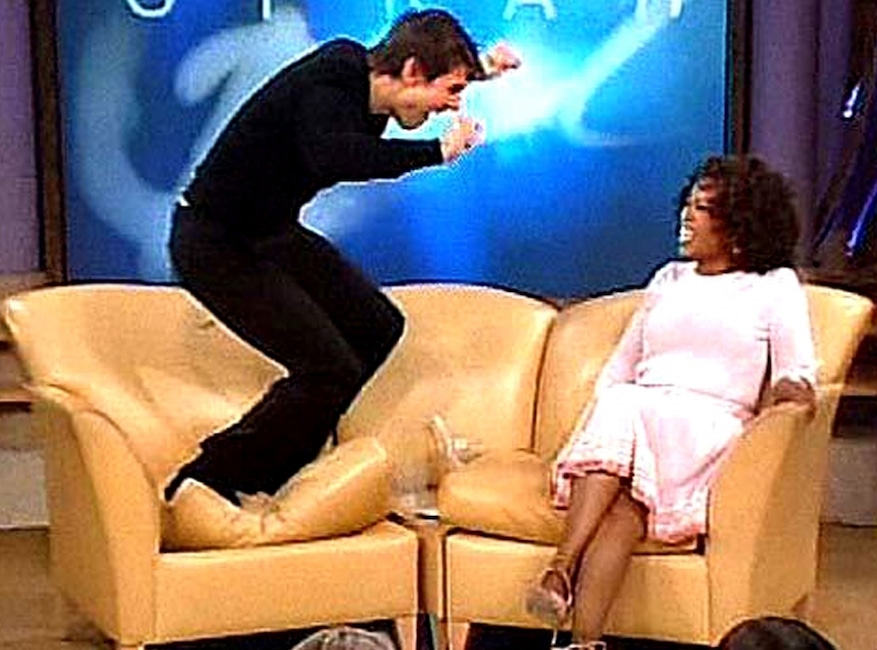
Harpo
25. Tom Cruise and Oprah Winfrey would go on to share some truly special moments later on, but celebrating Interview With the Vampire wasn’t one of them.
“I believe there are forces of light and darkness in the world, and I don’t want to be a contributor to the force of darkness,” Winfrey explained to Cruise, when he visited her show in October 1994, how she and about 30 other people walked out of a screening of the film.
“The movie is not for everyone,” the ever-gracious Cruise replied.
Luckily Oprah wasn’t the arbiter of taste in this particular instance, and Interview With the Vampire made $224 million worldwide, with the New York Times calling Cruise “flabbergastingly right for this role.”
It may have taken what felt like 200 years to make, especially for Brad Pitt, but when it was done, it was done right.
Even Pitt agreed that it was the “shoot from hell” for him, but “worth every minute of it. We got a great movie out of it. You know, it’s part of the job.”
Source: Read Full Article
